Cards In This Set
| Front | Back |
|
Hyperplasias
|
-Focal Fibrous Hyperplasia (Irritation Fibroma)
¡Hyperplasia of fibrous connective tissue that evolves in response to chronic irritation in which extensive production of collagen resembling scar tissue exists
¡Cheek, lip biting, denture irritation
¡Soft tissues in the plane of the occlusalline
¡Gingiva, lips, buccalmucosa, borders of the tongue
¡Will not spontaneously resolve, excision
|
|
Peripheral Ossifying Fibroma
|
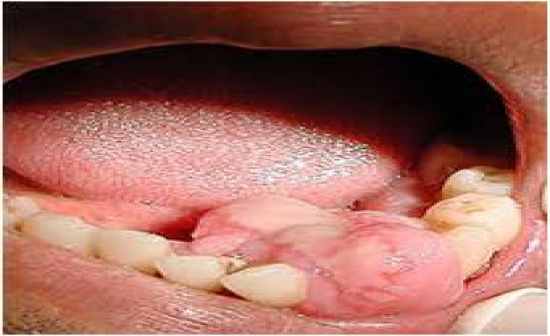 -Gingival nodule consisting of a reactive hyperplasia of connective tissue containing focal areas of bone -Common in women of reproductive years -Originates from the periodontal ligament -Irritants stimulate the fibroblast, which also have osteogenicand cementogenicpotential -Smooth w/ normal coloration or may have surface ulceration -Radiographs reveal radiopacitieswithin the fibroma -Treatment includes excision and SC/RP to remove irritants from within the sulcus |
|
Inflammatory Fibrous Hyperplasia
|
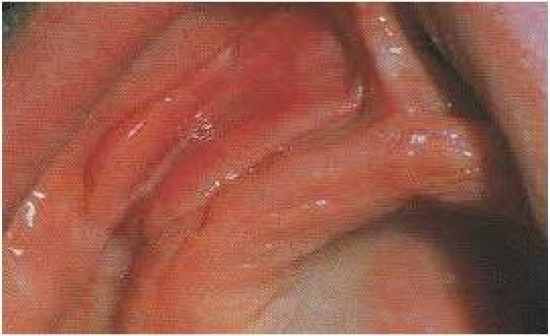 A proliferation of fibrous connective tissues with an associated chronic inflammation in response AKA EpulisFissuratum linear folds of tissue in the vestibule where the denture sits Caused by ill-fitting dentures with overextended flanges |
|
Inflammatory Papillary Hyperplasia
|
 -Multiple small nodules that consist of proliferation of fibrous connective tissues with an associated chronic inflammation found under ill-fitting dentures -Hyperplastictissue on the palatal vault in response to an ill-fitting denture that is erythematousand resembles the surface of a papilloma(cobble stone) |
|
Hyperplastic Gingivitis
|
 -Focal or generalized fibrous hyperplasia of the marginal gingivawith an associated inflammatory response (pregnancy gingivitis/puberty gingivitis) -Interdentalpapilla is conspicuously enlarged and are spongy and erythematousand bleed easily -Associated with hormonal changes (pregnancy/puberty) -Treatment- prophylaxis and possible gingivectomy |
 Drug-Induced Gingival Hyperplasia |
 -Generalized increase in fibrous component of the gingivaof patients taking long term doses of calcium channel blockers -Phenytoin(Dilantin)- seizure control medicine -Cyclosporin- anti-rejection med for transplant patients -Nifedipine(i.e. Procardia, Adalat)- antihypertensive and angina control med -Severity increased by poor oral hygiene -Enlargement starts in the papilla and can continue until the crown is obscured Pseudopockets -Treatment- gingivectomyand regular dental care and rigid home care to prevent recurrence |
|
Nodular Fasciitis
|
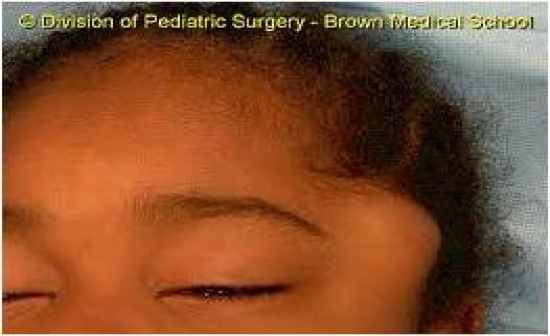 -Localized, benign neoplasm composed of fibroblasts and myofibroblaststhat is often clinically mistakedfor a malignancy -Oral- rapidly growing, firm, submucosalmass -Limited growth potential, less than 5 cm -May be confused with fibrosarcoma |
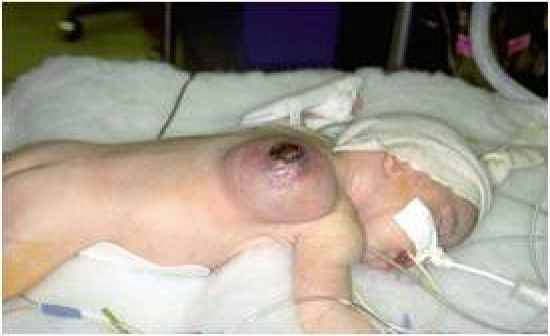 Fibrosarcoma |
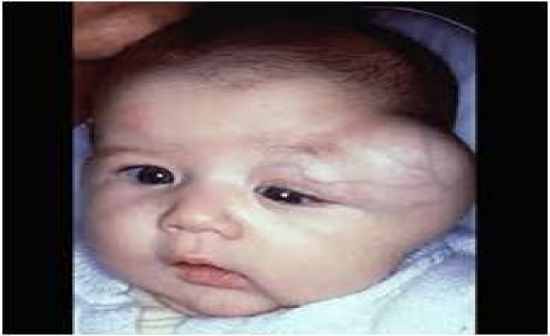 -Malignant neoplasm of fibroblastic cells -Aggressive and destructive -Most often affect children -In the head and neck region, they occur most often in the neck, but can also can appear in the oral soft tissues or bone |
|
Traumatic Neuroma
|
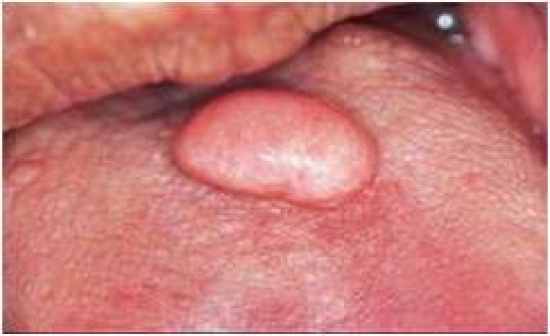 -Occurs when nerve fibers are severed, a reactive hyperplasia of nerve and accompanying Schwann cells may develop during the futile attempt to rejoin with the distal nerve sheath -Neural hyperplasia that appears as a submucosalfibrous mass -Most common along the mental nerve, especially the mental foramen after trauma or surgery -Firm and painful on and mobile upon palpation -Treatment- excision, recurrence is uncommon |
 Neurofibroma |
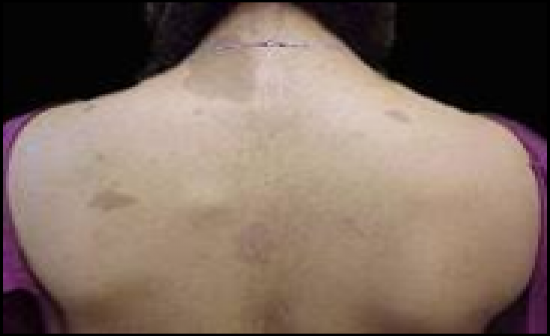 -A demarcated or diffuse benign proliferation of perineuralfibroblasts -Most are solitary with the head and neck -Multiple neurofibromatosis- multiple neurofibromasof the skin and mucosa and associated café au laitpigementations(spots) of the skin with potential for disfigurement and malignant transformation |
|
Congenital Gingival Granular Cell Tumor
|
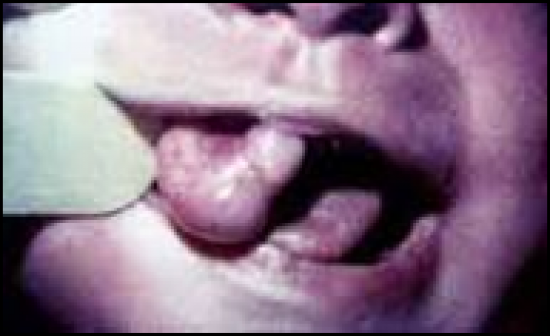 -AKA congenital epulisof the newborn & congenital granular cell epulis -Predominantly in the anterior maxilla of female newborns -Pedunculated, emanating from the alveolar ridge -Treatment- excision |
|
Neurogenic Sarcoma
|
-Malignant neoplasm with poor prognosis of the perineuralfibroblasts or Schwann cells
-Very rare in the oral cavity, but occasionally occur in the neck -Malignant transformation can occur in neurofibromas, especially after repeated surgical excision -Treatment- Wide surgical excision with recurrence common and metastasis in over 50% -Resistant to radiation and chemotherapy |
 Lipoma |
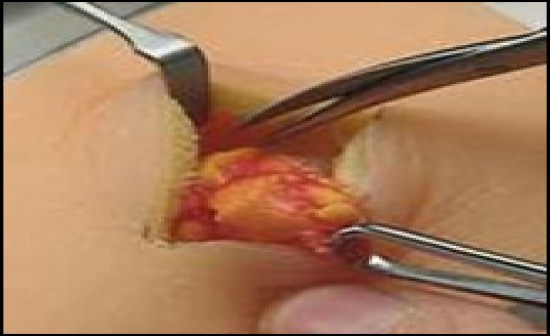 -Benign neoplasm of normal fat cells that appears as a soft, movable swelling, often with a slight yellowish coloration -Common with most in adults -Well-defined, soft on palpation, and mobile -Treatment- excision |
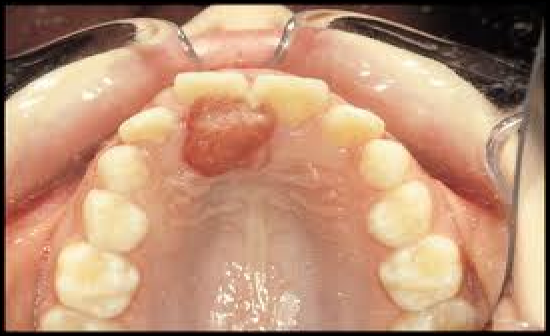 Pyogenic Granuloma |
 -Fast-growing reactive proliferation of endothelial cells commonly on the gingivaand usually in response to irritation or trauma -Most often on the facial surface of the interdentalpapilla -Fiery red with a grey pseudomembraneover the surface -Most often in females, especially in pregnancy (pregnancy tumor) -Treatment- surgical excision with root planing, recurrence in common in pregnancy |
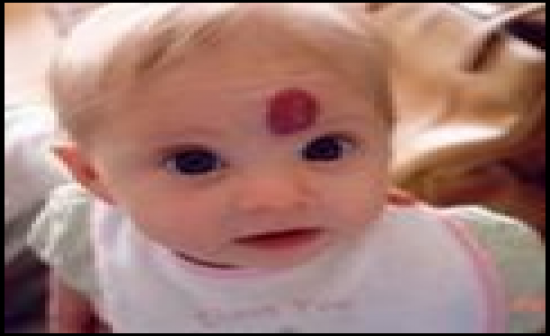 Hemangioma |
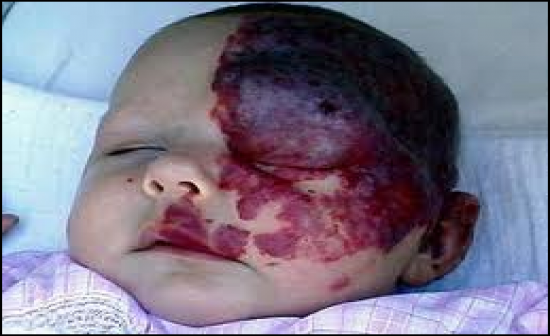 -A proliferation of large or small vascular channels occuringcommonly in children -May be present at birth or arise during early childhood -Lesion of the lips and oral mucosa may arise on adults. The tongue is the most common site. They are often raised and multinobularand distinctly reddish, blue or purple. Most will resolve during puberty -Port-wine stain- unique type of hemangiomathat are unilateral and appear to follow 1-3 divisions of the trigeminal nerve |



